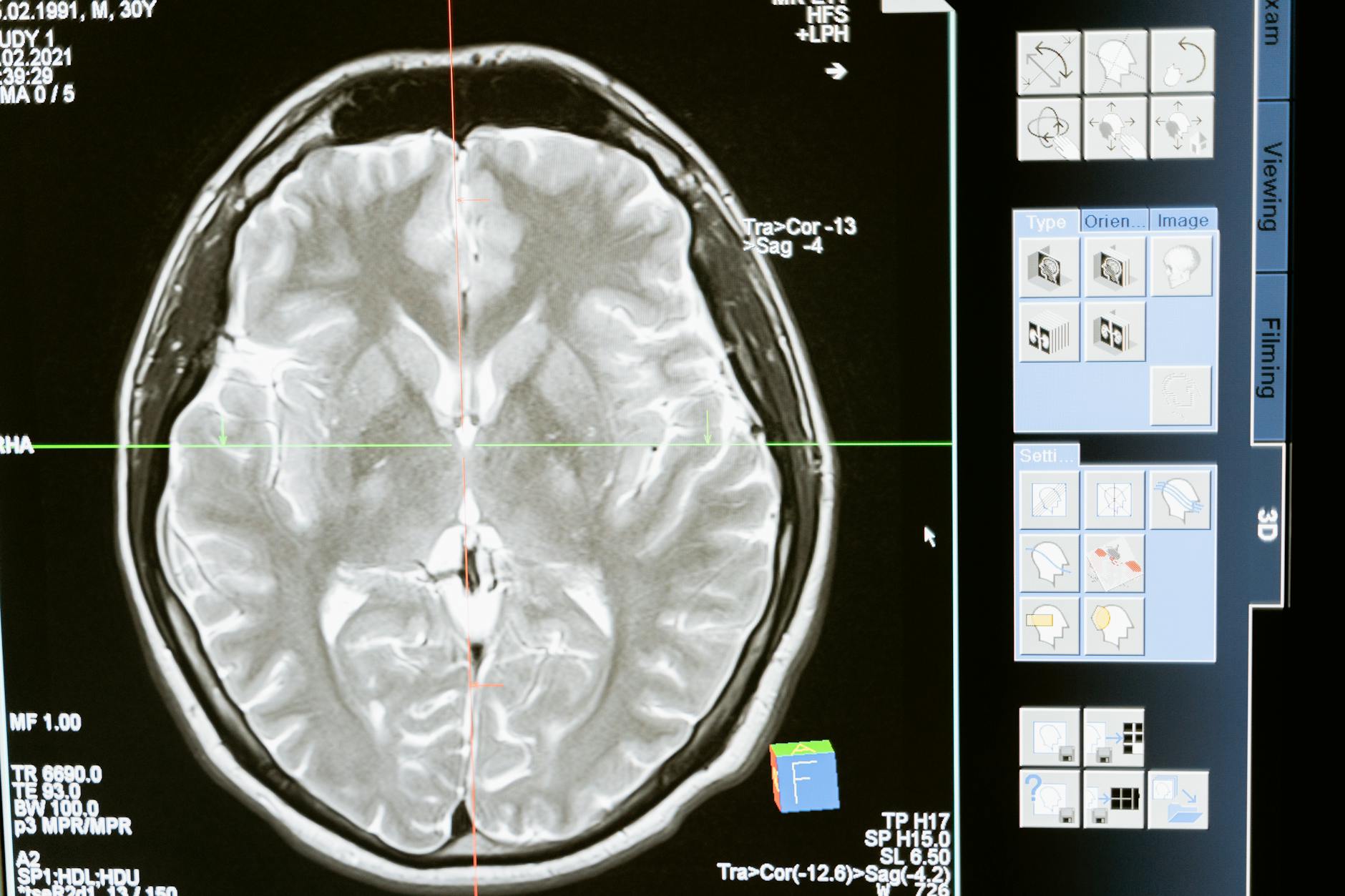Uncover the truth behind Parkinson’s disease and the groundbreaking research that is revolutionizing treatment options for sufferers.
Table of Contents
Parkinson’s Disease is a neurological disorder that affects millions of people around the world. It is a progressive condition that primarily impacts a person’s movement, with symptoms including tremors, stiffness, and difficulty with balance and coordination. Despite being a complex and challenging disease, there are countless ways to manage and cope with the effects of Parkinson’s. In this blog post, we will delve into the intricacies of Parkinson’s Disease, explore its symptoms and treatment options, and provide valuable insights for those navigating life with this condition.
Parkinson’s Disease: Understanding the Basics
Parkinson’s Disease is caused by the gradual loss of dopamine-producing cells in the brain. Dopamine is a neurotransmitter responsible for coordinating movement, and its depletion results in the characteristic symptoms of Parkinson’s. While the exact cause of this cell loss is not fully understood, research suggests a combination of genetic and environmental factors may play a role.
Recognizing the Symptoms
The symptoms of Parkinson’s Disease can vary from person to person, and may begin gradually and subtly. Some of the most common symptoms include tremors, stiffness in the limbs, slowness of movement, and impaired balance and coordination. As the disease progresses, individuals may also experience challenges with speech, swallowing, and fine motor skills.
Treatment Options for Managing Parkinson’s
While there is currently no cure for Parkinson’s Disease, there are numerous treatment options available to help manage its symptoms and improve quality of life. Medications such as levodopa and dopamine agonists can help replenish dopamine levels in the brain and alleviate movement issues. Physical therapy, occupational therapy, and speech therapy can also be beneficial in improving mobility and function.
Embracing a Holistic Approach
Managing Parkinson’s Disease goes beyond medical interventions – it also involves adopting a holistic approach to care. Regular exercise, such as walking, cycling, and tai chi, can help maintain strength, flexibility, and balance. A nutritious diet rich in fruits, vegetables, whole grains, and lean proteins can support overall health and wellbeing. Additionally, maintaining social connections, engaging in hobbies, and managing stress through mindfulness and relaxation techniques are essential components of a holistic approach to Parkinson’s care.
| Topic | Description |
|---|---|
| What is Parkinson’s Disease? | A neurodegenerative disorder that affects movement and is characterized by tremors, stiffness, and problems with balance and coordination. |
| Causes | While the exact cause is unknown, factors such as genetics, environmental toxins, and oxidative stress are believed to play a role in the development of Parkinson’s disease. |
| Symptoms | Common symptoms include tremors, bradykinesia (slowness of movement), rigidity, postural instability, and changes in speech and handwriting. |
| Treatment | Treatment options may include medication, physical therapy, occupational therapy, speech therapy, and in some cases, surgery. |
| Research and Innovation | Ongoing research is focused on finding better treatments, improving quality of life for patients, and ultimately finding a cure for Parkinson’s disease. |
Support and Resources for Individuals with Parkinson’s
Living with Parkinson’s Disease can be challenging, but individuals are not alone on their journey. There are numerous support groups, online communities, and resources available to offer guidance, encouragement, and a sense of connection. Organizations such as the Parkinson’s Foundation, Michael J. Fox Foundation, and American Parkinson Disease Association provide valuable information, educational materials, and support services for individuals living with Parkinson’s and their caregivers.
Empowering Individuals Living with Parkinson’s
Ultimately, it is important for individuals living with Parkinson’s Disease to take an active role in managing their condition and advocating for their needs. By staying informed about the latest research and treatment options, maintaining open communication with healthcare providers, and embracing a positive mindset, individuals can navigate the challenges of Parkinson’s with strength and resilience. Remember, Parkinson’s may shake things up, but it cannot shake your inner resolve and determination to lead a fulfilling and meaningful life.
In conclusion, Parkinson’s Disease may present obstacles along the way, but with knowledge, support, and a proactive approach to care, individuals can navigate the complexities of this condition with confidence and grace. By understanding Parkinson’s Disease, recognizing its symptoms, exploring treatment options, embracing a holistic approach to care, seeking support and resources, and empowering oneself to take charge of one’s health, individuals can shake up the status quo and live life to the fullest despite the challenges that Parkinson’s may bring.
FAQs
What are the early signs of Parkinson’s Disease?
Answer 1: Early signs of Parkinson’s Disease may include tremors, stiffness, slowness of movement, and impaired balance. It is essential to consult a healthcare provider if experiencing any of these symptoms.
How is Parkinson’s Disease managed?
Answer 2: Parkinson’s Disease is managed through a combination of medications, physical therapy, occupational therapy, speech therapy, exercise, and a holistic approach to care that encompasses nutrition and stress management.
Are there resources available for individuals with Parkinson’s Disease?
Answer 3: Yes, there are various support groups, online communities, and organizations such as the Parkinson’s Foundation and Michael J. Fox Foundation that provide resources, information, and support services for individuals living with Parkinson’s and their caregivers.
Is there a cure for Parkinson’s Disease?
Answer 4: Currently, there is no cure for Parkinson’s Disease. However, ongoing research and innovations are focused on finding better treatments, improving quality of life for patients, and ultimately finding a cure for this complex neurological disorder.





